Ælfgif-who? provides short biographies of early medieval English women every two weeks. Click on the podcast player if you’d like to hear this newsletter read aloud in my appealing Yorkshire accent.
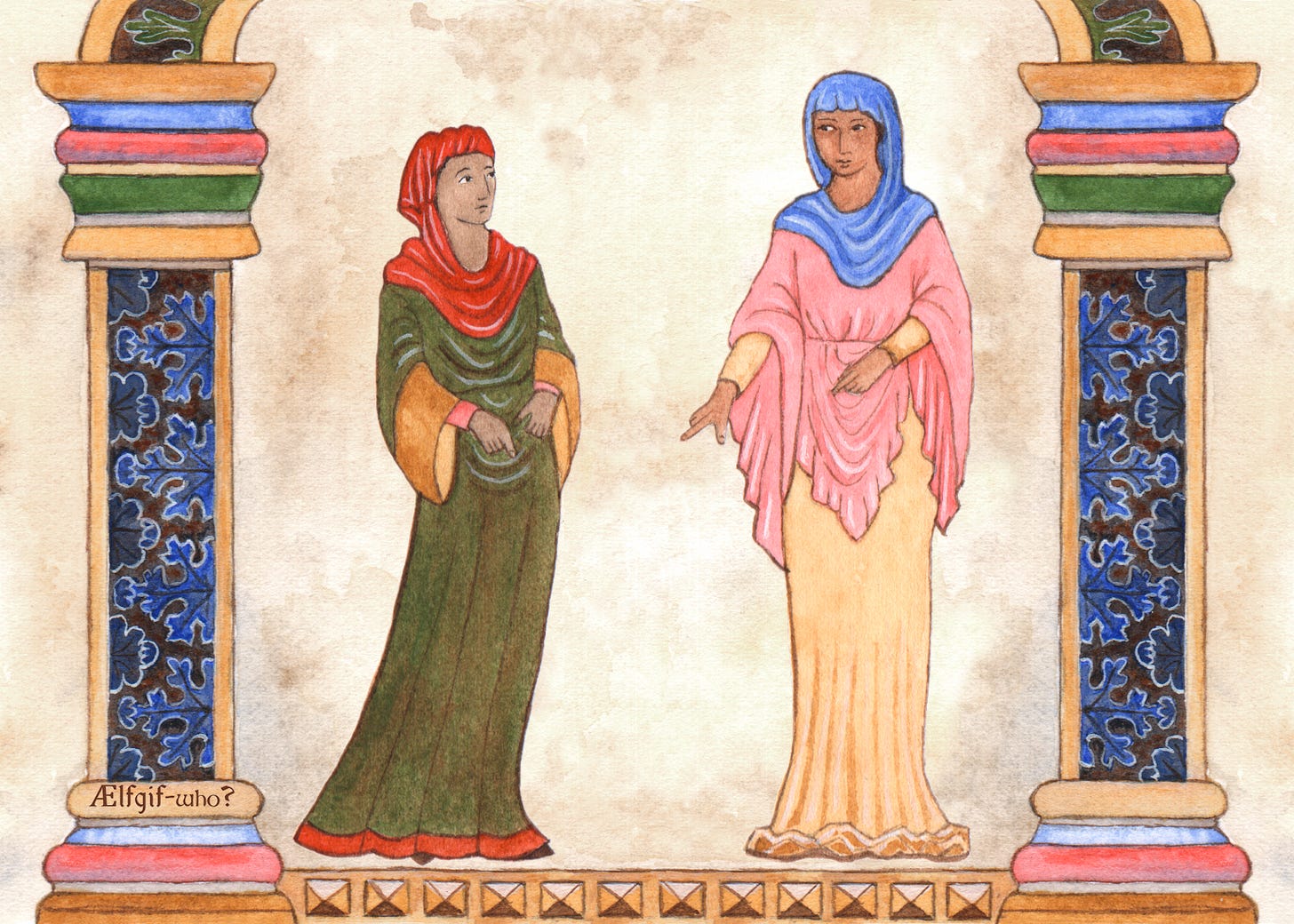
The North Elmham and Fairford Women: Two Black Women in Tenth-Century England:
Two female skeletons dated to around the tenth century, one found in North Elmham, Norfolk, and one in Fairford, Gloucestershire, have been deemed ‘African’ by archaeologists after analysis was conducted on their skulls. Much of the speculation about these women has not afforded them agency or their own stories: they have been othered and dehumanised in the interpretations of how they came to be in medieval England. A racist belief that Black women do not ‘belong’ in early medieval England has pervaded some interpretations of who these women were and how they fit into the society around them. The purpose of this newsletter is to critically examine the existing interpretations and then to re-focus on what kind of lives these two women might have led.
What evidence do we have about the North Elmham Woman?
Note: The following section contains racist quotations from a 1980 archaeological report.
In 1967-72 an archaeological excavation was conducted on a cemetery in the village of North Elmham, Norfolk. One of the human burials investigated, of a person aged 35-45, was deemed to belong to a woman from Africa based on analysis on her skull. The archaeological report was published in 1980 and the use of language by its authors, Wells and Cayton, is extremely racist. They state that she is Black, although a different (offensive and dehumanising) term is used, and they make comments that present her as an outsider. They call her a ‘cuckoo in an Anglo-Saxon nest’, creating the image of her as a parasitic intruder. Her very presence in the cemetery is repeatedly called a ‘problem’. She is heavily sexualised and exoticised by the authors, as they contrast her exoticism with the ‘homespun’ community in which she was found. They speculate that:
Perhaps she was a full-time branded slave girl. Perhaps she was a waif bought by a local magnate who hoped that the charms of this little black pearl… would give him status as a collector of living ‘Faberge’ jewels by titillating the curiosity of his neighbours. Or maybe she was the fancy of a merchant bringing home ‘A Souvenir from Cordoba’ for his wife.1
In these interpretations of this woman’s life she is merely a fanciful object, the victim of someone’s whims, with no story of her own. She is racialised and objectified and assumed to be a slave or victim. It is important to note that apart from her small stature compared to the other women in the cemetery (she was 4ft 8), there is nothing in the archaeological report that indicates her burial was any different from anyone else’s.
What evidence do we have about the Fairford Woman?
In 2013 two children found a human skull from the tenth century in the River Coln in Fairford, likely a regular early medieval burial accidentally disturbed by the changing course of the river. The rest of her remains (apart from the small bones of the hands and feet) were uncovered, and a forensic anthropologist concluded that the skeleton belonged to a woman aged 18-24 from Sub-Saharan Africa.
There is no archaeological report available on her remains, but there are a handful of news reports available online. In an interview, local historian Richard Martin tells the IB Times that:
Slavery was quite common back then, along with bonded servitude. It will be interesting to know which barons were living in the area at the time who might have employed her or owned her. If she was a sub-Saharan African then she was almost certainly a bonded servant, as it's highly unlikely she came here only to travel. At the time people believed that bodies needed to be treated reverently to achieve an afterlife. If her remains were thrown into the water, it's unlikely she had any status.2
Like with the North Elmham woman, interpretations of the Fairford woman’s life have regarded her as potential property, even though nothing about her burial indicates that would be the case. It has been assumed that both women were low-status or slaves, with the only evidence being used to support that interpretation being that they appear to be Black women. With very little published material on either of these women, these racist interpretations have undue influence on how their place in history and their lives are understood.
So what does the evidence really show?
Firstly, it’s important to remain critical of the methods used to determine the ‘African’ origins of these two women. In both cases it appears that cranial measurement (the shape of their skulls) was used to determine their African origin. This is a highly interpretive and problematic method of analysis, though it is still widely practiced in archaeology in lieu of more involved forensic methods such as isotopic or DNA analysis. Without this more accurate and indicative analysis on the remains of either women, and with a lack of clear written evidence about how conclusions were reached, it is difficult to conclusively say whether they are indeed from Africa.
Cranial analysis on the so-called ‘Black Viking’ (Skeleton 3379) found at the St Benet’s churchyard site in York, concluded that he was African, prompting interpretations by the Yorvik Centre that he was a foreign Arab merchant, with a display of such a man being constructed in the museum. However, isotopic analysis on his bones demonstrated that he was entirely local. It is important to stress that the fact this man did not grow up in Africa does not mean that he was not a Black person. It simply means that if the cranial interpretations are correct, and he was indeed Black, he was a Black man from York. Like the North Elmham woman, this man had a burial typical of others in the same cemetery, with a similar coffin. Nothing about the burials of any of these people sets them apart, and yet the interpretations have consistently been of a foreign, othered existence purely because they appear to be Black people.
Isotopic and DNA analysis has not been conducted on the North Elmham woman or the Fairford woman. However, it would be a mistake to conclude these women were necessarily immigrants, slaves, of low status, or somehow disconnected from the communities in which they were buried, based purely on modern racist presumptions. The simplest solution seems to be that some members of the communities in these areas just happened to be Black.
How diverse was Early Medieval England?
There is some evidence to indicate there may have been ninth-century raids by Vikings on the coast of North Africa, with slaves being taken from this area. But Vikings raided in many places, and traded in slaves from many regions. There is no reason to associate the Viking slave trade with Black people specifically. If Vikings did bring slaves from North Africa to Britain in the ninth century, it’s possible their descendants would also have mixed into the population of medieval England. However, this evidence does not conclusively point to our two tenth-century women being slaves or descendants of slaves! If we recognise the possibility that early medieval England was a diverse and internationally-connected society there are a whole range of other possibilities.
There is evidence to suggest that in the Roman period, 11-12% of burials in York are people of African descent based on cranial analysis, while nearly half of all Roman British sites that have undergone isotopic analysis have revealed at least one person who grew up in Africa. These people did not simply vanish when the medieval period began, and we should expect that they had many descendants who made up a large portion of the population in early medieval England. We also know of particular notable examples of Africans in Britain, such as the influential seventh-century scholar and teacher St Adrian of Canterbury. If there were indeed such established trade routes in existence in the tenth century between Britain and Africa that would have supported a slave trade, it shows rather a lack of imagination to conclude that these women must have been slaves or descendants of slaves - they may well have been migrants or merchants or the descendants of migrants or merchants!
How do we find the real stories of the North Elmham and Fairford women?
Accepting that early medieval England was probably a diverse and connected society can stop us from falling into the racist trap that Wells and Cayton fell into when they wrote the archaeological report on the North Elham woman: treating her as a ‘problem’. Early medieval England was the location of many waves of immigration, from central Europe, Scandinavia and beyond. We do not go to pains to solve the problem of how skeletons that seem to be typical of white Europeans came to be where they are - even though in some instances the answer may be fascinating - we just accept they were part of their community.
In order to find the North Elmham woman or the Fairford woman’s true place in history we must reassess the false preconceptions we might hold about the inherent whiteness of early medieval England. These two Black women probably had networks of friends and family members in their communities, they knew the landscape, they worked hard at their daily chores like preparing food, and they held and practiced religious beliefs alongside other members of their community. They were likely wives and possibly mothers. They were simply people, with no idea that one day they would be treated like a problem to be solved.
My thanks to Dr Paul Edward Montgomery Ramírez for his helpful correspondence on this subject.
Some suggestions for further reading:
Paul Edward Montgomery Ramírez, ‘Colonial representations of race in alternative museums: The 'African' of St Benet's, the 'Arab' of Jorvik, and the 'Black Viking'', International Journal of Heritage Studies (2021)
Meg Hyland, ‘The Parishioner of North Elmham’, Women of 1000 AD (2021)
Caitlin Green, ‘A Great Host of Captives? A Note on Vikings in Morocco and Africans in Early Medieval Ireland & Britain’, Dr Caitlin R. Green’s Blog (2015)
Mary Rambaran-Olm and Erik Wade, ‘Race 101 for Early Medieval Studies’, Medium (Ongoing bibliography: updated 2021)
The full racist report by Calvin Wells and Helen Cayton on the excavations of human bones at North Elmham Park can be found here.
‘The First Black Briton? 1,000 Year Old Skeleton of African Woman Discovered by Schoolboys in Gloucestershire River’, International Business Times (2013)






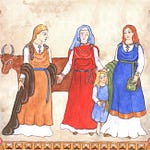
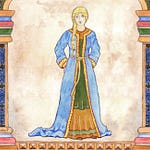
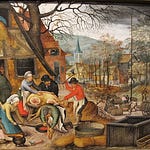
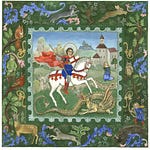



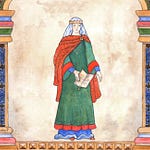
Share this post